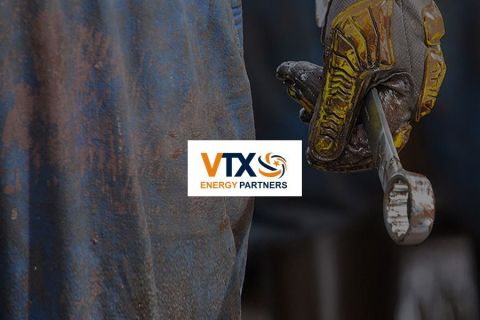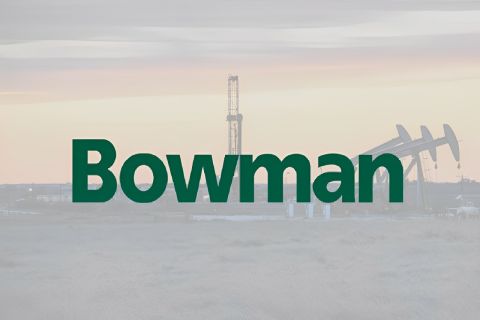Low-producing oil and gas wells that account for just 6% of total U.S. production account for half of the methane emitted from all U.S. well sites, a new report showed on April 20.
The study, published in Nature Communications, is the first to take a comprehensive look at the over 560,000 active "marginal" oil and gas wells across the United States that account for 80% of all well sites. It comes as the Environmental Protection Agency prepares to unveil new provisions for its methane regulation for the oil and gas sector that it introduced last November.
Methane is the second-biggest cause of climate change after carbon dioxide.
The proposed rule drew some criticism from environmental groups because the agency only required companies to monitor large well sites emitting an estimated three tons of methane per year or more, which it said were responsible for 86% of leaks.
Marginal wells produce less than 15 barrels of oil equivalent a day and emit methane at a rate 6-12 times higher than the national average, equivalent to leaking 10% of their gas into the atmosphere, the report says.
It shows that by excluding those wells from regulation, the EPA would overlook a huge source of methane.
"The methane footprint of these small wells is enormous and can't be ignored," said Mark Omara, an author of the study and Environmental Defense Fund scientist.
EPA spokesperson Nick Conger said the agency received the information contained in the report during the public comment period on the November proposal.
"We are considering that, along with all other comments we received, as we develop a supplemental proposal, which the Agency expects to issue later this year," he said in an e-mailed statement.
Oil and gas industry groups had pressed the EPA to exclude smaller wells from the regulations, citing the sheer number of such wells and the costs of the monitoring and repairs.
At low production well sites, field observations showed that equipment "negligence and disrepair" were the primary driver of methane emissions, meaning they could be avoided with more frequent monitoring and site inspections, the report said.
The proposed EPA methane rule would be the first to regulate methane that spews from existing oil and gas operations and requires oil and gas companies to routinely monitor 300,000 of their biggest well sites and other infrastructure for methane leaks and repair them quickly when found.
Recommended Reading
VTX Energy Quickly Ramps to 42,000 bbl/d in Southern Delaware Basin
2024-09-24 - VTX Energy’s founder was previously among the leadership that built and sold an adjacent southern Delaware operator, Brigham Resources, for $2.6 billion.
US Drillers Cut Oil, Gas Rigs for Third Week in a Row
2024-10-04 - The oil and gas rig count fell by two to 585 in the week to Oct. 4.
EY: How AI Can Transform Subsurface Operations
2024-10-10 - The inherent complexity of subsurface data and the need to make swift decisions demands a tailored approach.
Bowman Consulting to Manage, Monitor Delaware Basin Wells
2024-10-14 - Bowman Consulting Group’s scope of work includes conducting detailed field surveys of above-ground infrastructure assets across well sites of up to to 8 acres.
E&P Highlights: Oct. 7, 2024
2024-10-07 - Here’s a roundup of the latest E&P headlines, including a major announcement from BP and large contracts in the Middle East.
Comments
Add new comment
This conversation is moderated according to Hart Energy community rules. Please read the rules before joining the discussion. If you’re experiencing any technical problems, please contact our customer care team.




